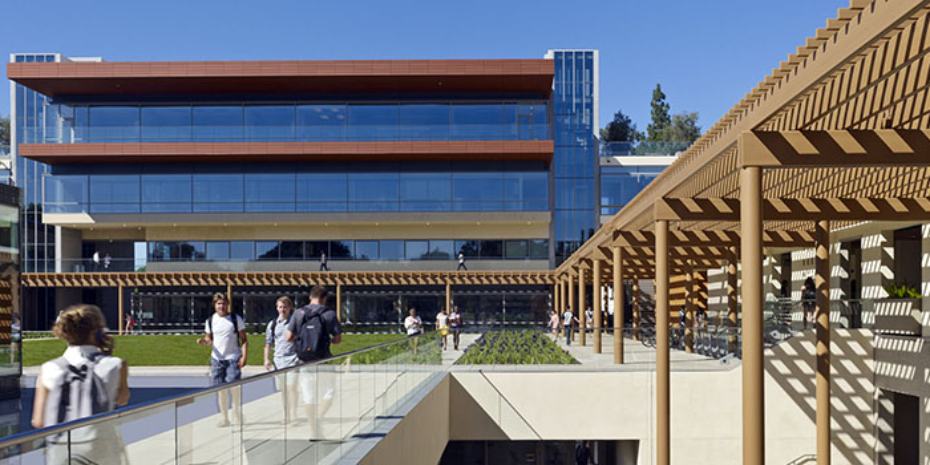Every year, city councils create a budget based on their community goals. To better understand what drives different budgets among Southern California cities, the Rose Institute looks at the overall differences between budget sizes and the potential drivers for this difference. We then deep dive into two particular cities, Santa Monica and Ventura, to compare their respective budgets from a revenue and expenditure perspective. Rose Institute Research Assistants Nina Kamath ’16 and Melissa Muller ’18 created this infographic to better explain city budgets.



The biggest factor impacting the size of a city’s budget is not the median home value — it’s whether that city has its own police and fire departments, or contracts with its respective county for those services. If one looks at the share of the city budget in the City of Santa Clarita (which contracts with LA County for fire and police), the share spent on police and fire is under 35% of its budget. If one looks at the share of the of the city budget in Pasadena or Glendale (both of which have their own police and fire), the share spent on police and fire is over 60% of its budget. And those cities with their own police and fire spend a signifciant amount on personnel, equipment, benefits, and, significantly, pension/retirement costs, for firefighters and police officers–hence, they have much larger budgets than “contract” cities (those that contract with the county for these services.
This trend is well-documented in the annual “lists” of city budgets, published annually by the Los Angeles Business Journal. The overwelming majority of the cities at the top of the list–with larger budgets–are those cities with their own police and fire departments.
[…] friends at the Rose Institute have generously shared a new student-created info-graphic, How City Budgets Work in Southern California, that easily demonstrates how city budget work. Looking for a simple but effective tool to educate […]